NEW DATA: Even After Vaccine, 75 Pct Of US Consumers Still Want A Digital-First Shopping Experience
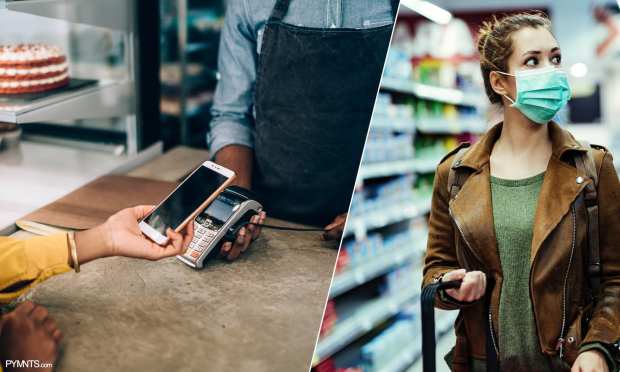
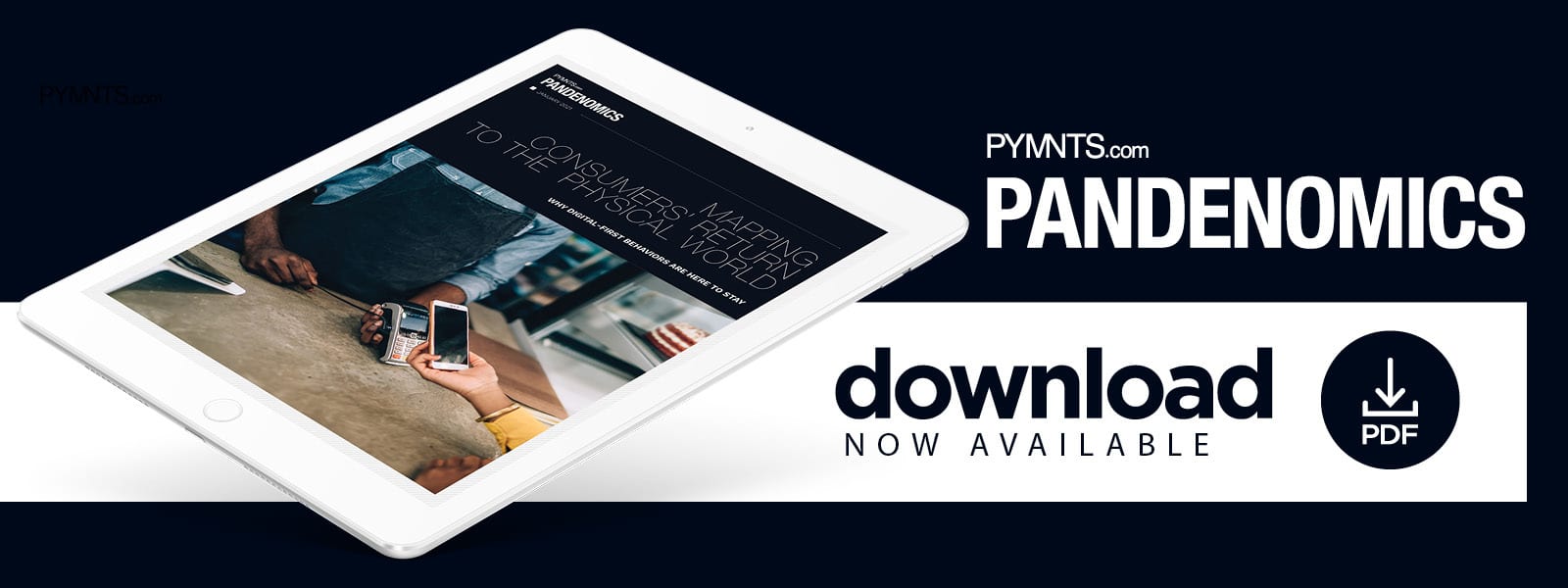 There are now roughly 6.7 million adults in the United States who have received the first dosage of the Pfizer BioNTech vaccine and 151,000 who have been fully inoculated. PYMNTS research shows that there could be as many as 130 million who are eager to follow suit — as soon as they get the chance.
There are now roughly 6.7 million adults in the United States who have received the first dosage of the Pfizer BioNTech vaccine and 151,000 who have been fully inoculated. PYMNTS research shows that there could be as many as 130 million who are eager to follow suit — as soon as they get the chance.
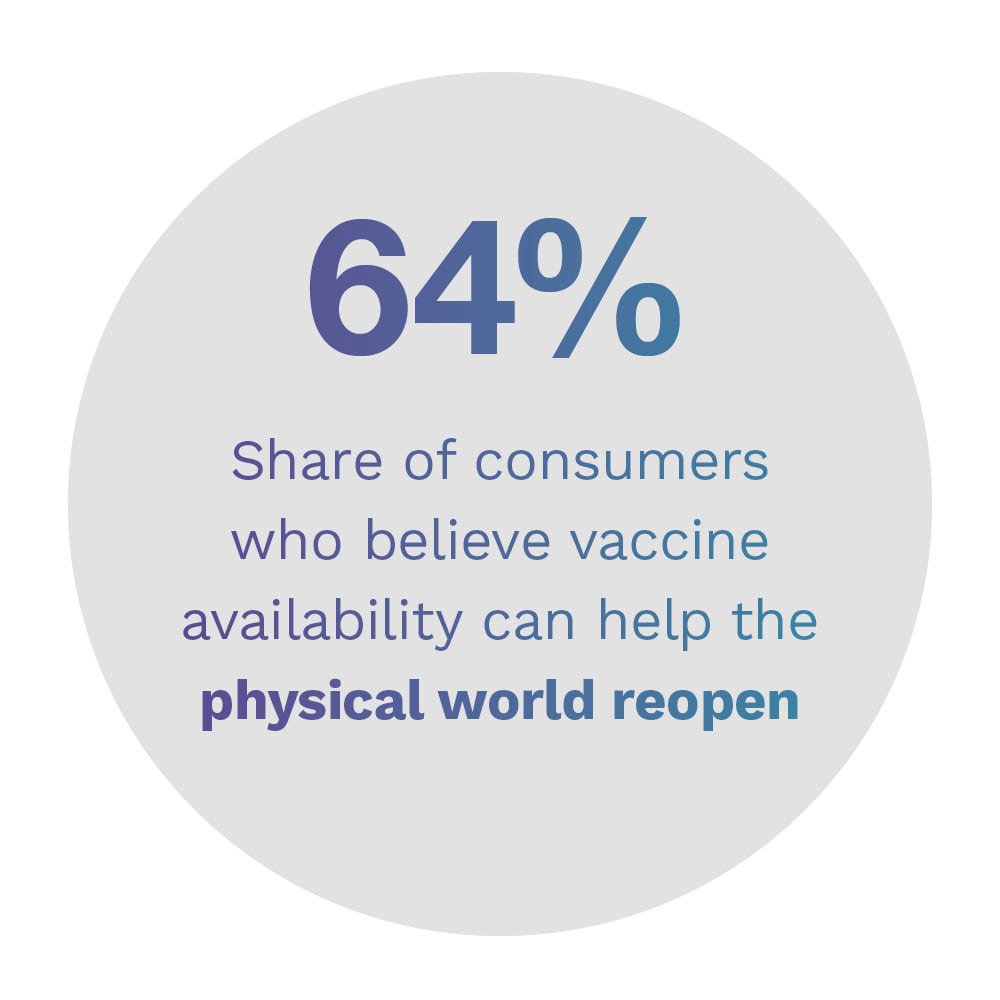 There is still a long way to go before all the consumers who want to get vaccinated are given the opportunity, but having not one, but two vaccines available is already changing their attitudes toward the ongoing crisis. Those who are concerned about the impact of the pandemic are still more worried about death and infecting others above all else, but numbers are slowly declining, while the share who are concerned about the economy is increasing. The average consumer also thinks the pandemic will end sooner than they did just two months ago — even though they still do not anticipate it ending for another year.
There is still a long way to go before all the consumers who want to get vaccinated are given the opportunity, but having not one, but two vaccines available is already changing their attitudes toward the ongoing crisis. Those who are concerned about the impact of the pandemic are still more worried about death and infecting others above all else, but numbers are slowly declining, while the share who are concerned about the economy is increasing. The average consumer also thinks the pandemic will end sooner than they did just two months ago — even though they still do not anticipate it ending for another year.
Consumers appear to see a light at the end of this long tunnel, but are these shifting attitudes changing their plans for how to shop and pay after the crisis is over?
Mapping Consumers’ Return To The Physical World: Why Digital-First Behaviors Are Here To Stay, the latest installment of PYMNTS’ Pandenomics® research series, examines how the vaccine rollouts are changing consumers’ outlook about the pandemic. We surveyed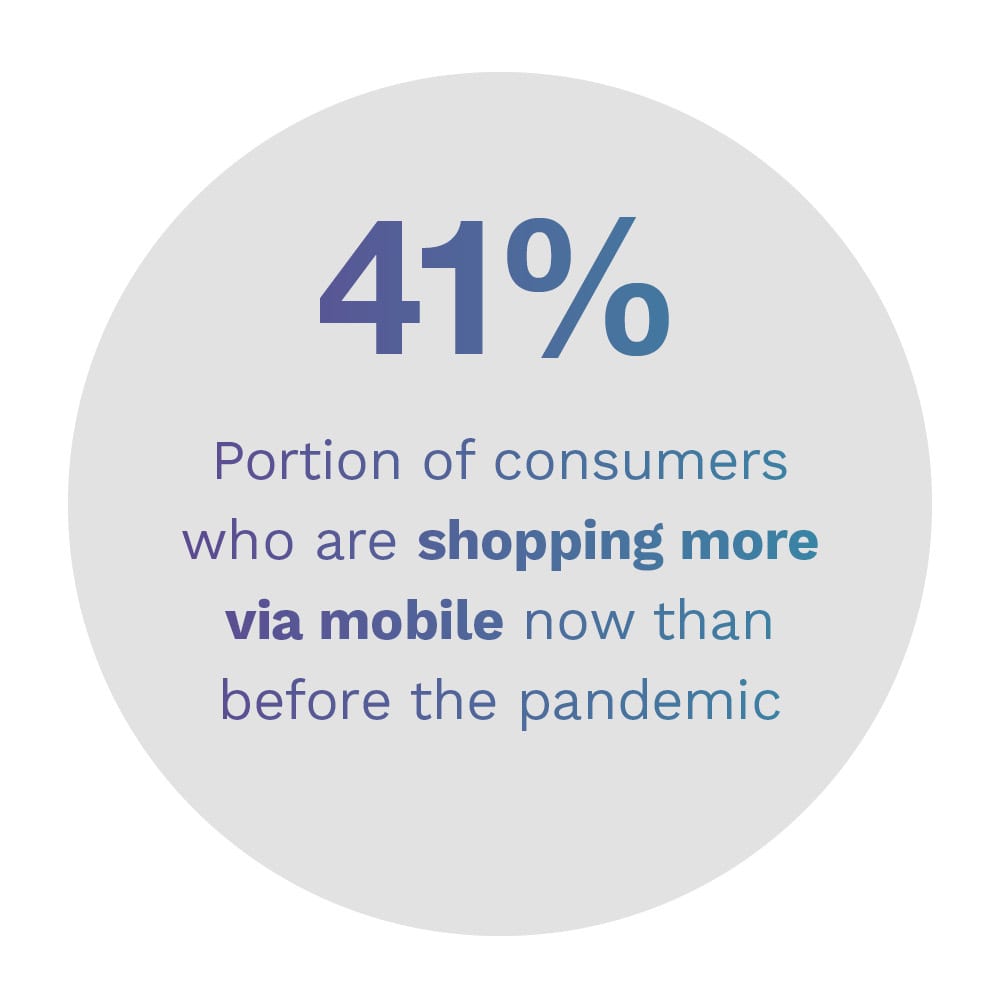 a census-balanced panel of 2,268 U.S. consumers about whether they are interested in getting vaccinated and how much they plan to stick to their digital-first shopping habits even after the pandemic has subsided, to find out how retailers can convert consumers after the economy has permanently reopened.
a census-balanced panel of 2,268 U.S. consumers about whether they are interested in getting vaccinated and how much they plan to stick to their digital-first shopping habits even after the pandemic has subsided, to find out how retailers can convert consumers after the economy has permanently reopened.
Our research shows that 54 percent of consumers who have moved at least one of their routine activities online since the pandemic began are very or extremely interested in getting vaccinated, but also that roughly three-quarters of them still do not plan to go back to shopping in stores the way they did prior to March 2020. Instead, they intend to keep shopping, paying and ordering food online. Therefore, it will be critical for retailers to continue to provide digital shopping options and invest in digital innovations long after the risk of contagion has passed.
The digital purchasing options, which have gained the most traction since the pandemic began and will likely continue to be popular in the future, include the 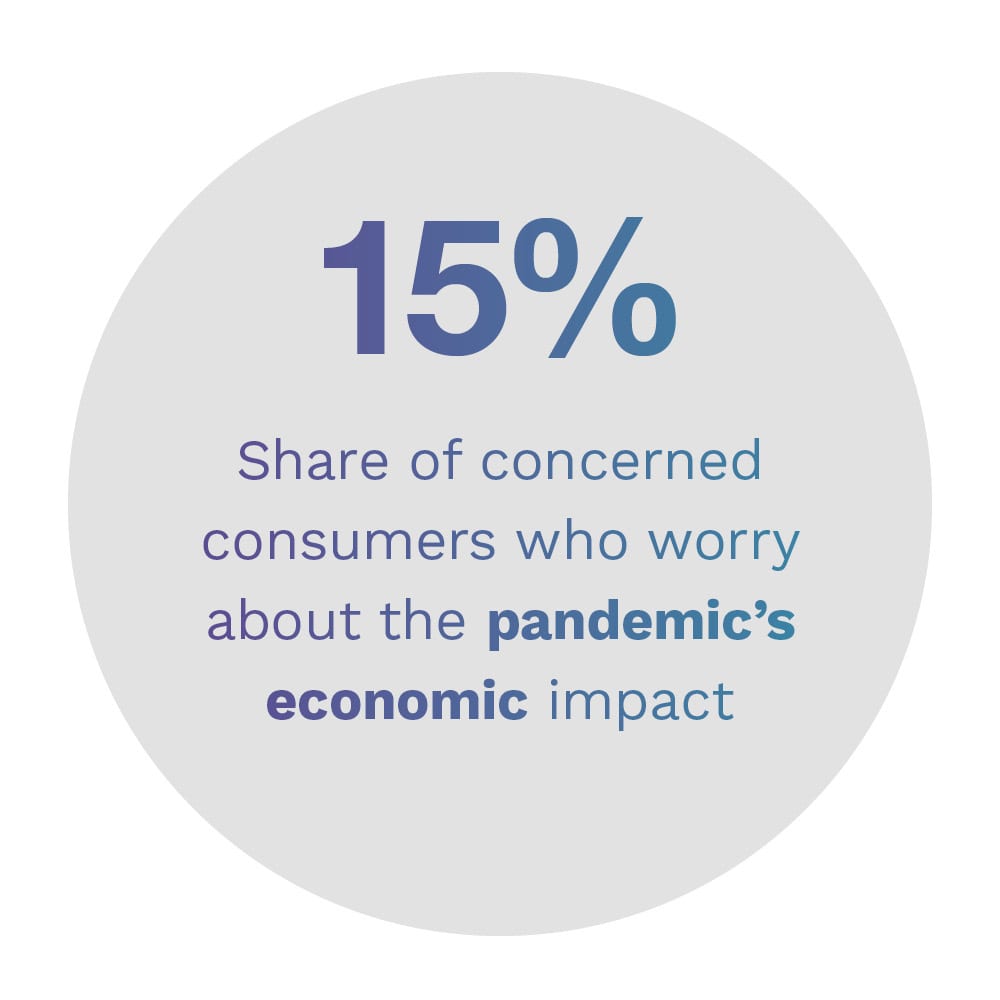 ability to purchase via mobile, mobile order-ahead capabilities and the option to order food via aggregator, to cite a few examples. Forty-one percent of consumers say they are shopping more via mobile now than they did prior to March 2020, for example. There are also 39 percent who say they are using mobile order-ahead options to order food more and 29 percent who are ordering via aggregator more than they did before the pandemic began.
ability to purchase via mobile, mobile order-ahead capabilities and the option to order food via aggregator, to cite a few examples. Forty-one percent of consumers say they are shopping more via mobile now than they did prior to March 2020, for example. There are also 39 percent who say they are using mobile order-ahead options to order food more and 29 percent who are ordering via aggregator more than they did before the pandemic began.
These are only a few of the digital features that will play a key role in converting customers in the post-pandemic economy, however. To learn more about consumers’ shifting attitudes regarding the pandemic and how it is impacting consumers’ future shopping plans, download the brief.
